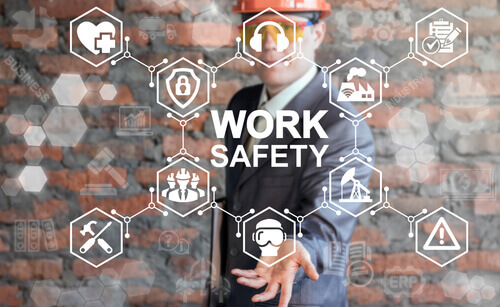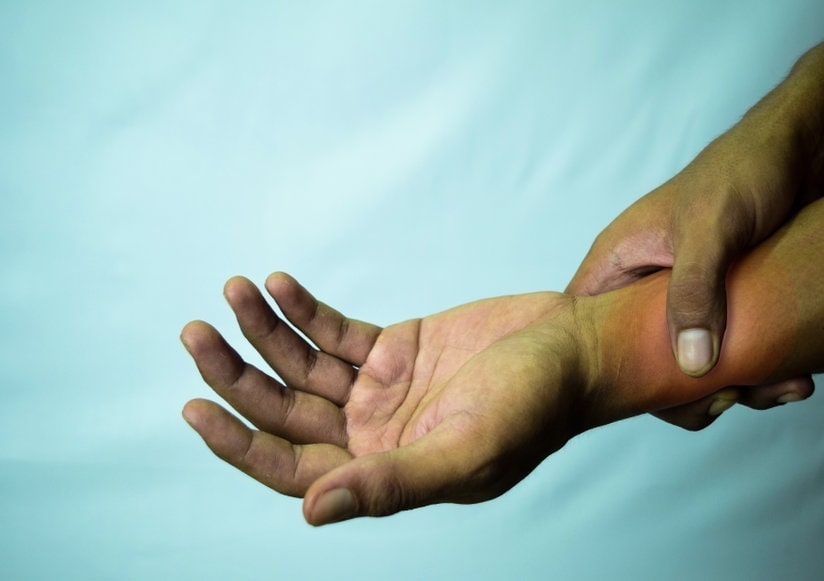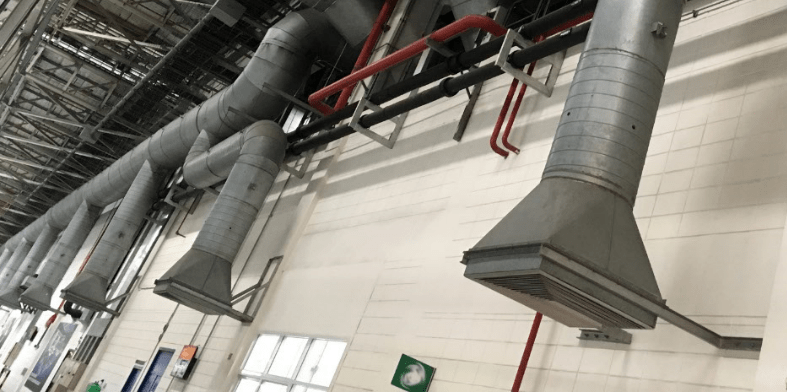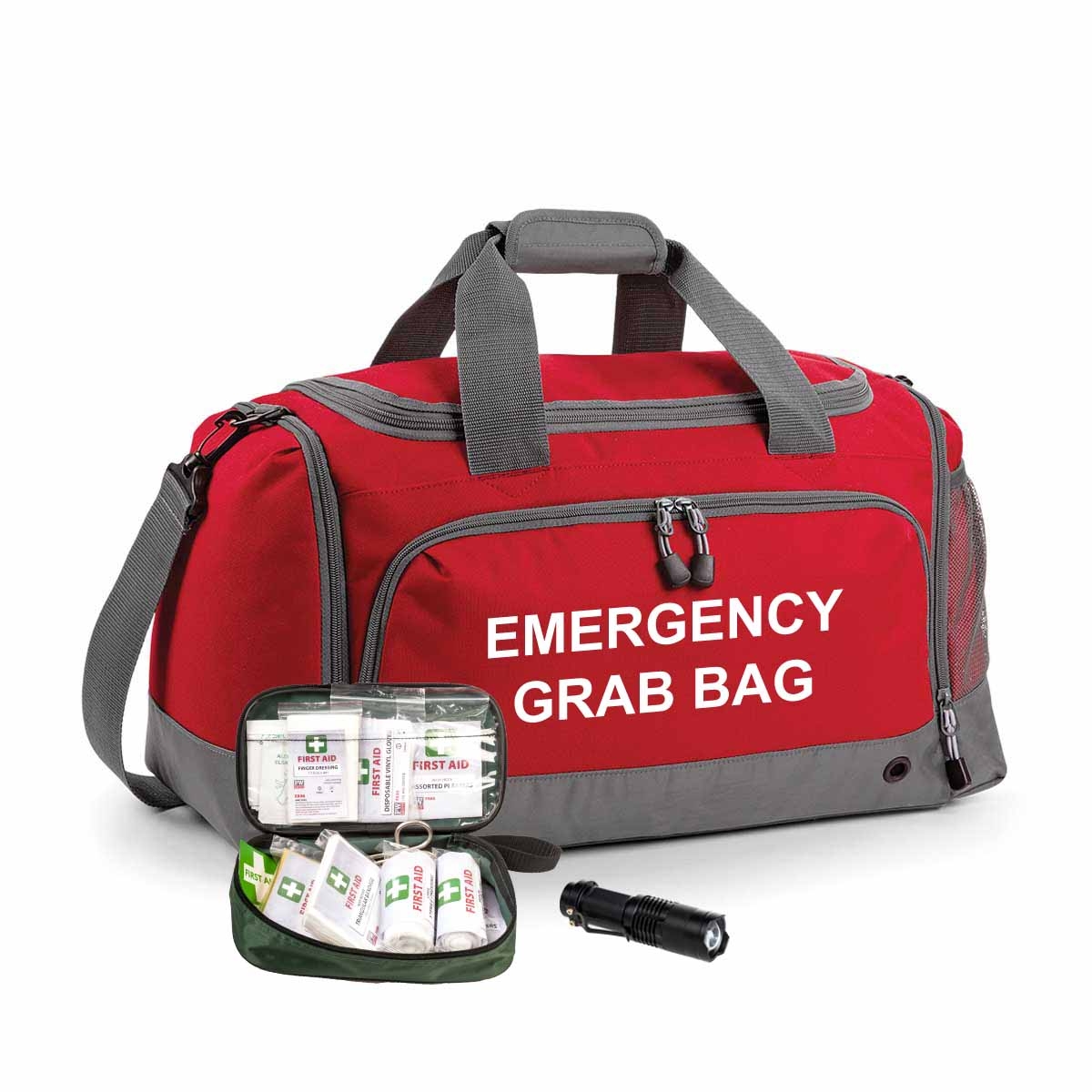 The aim of this article is to provide guidance on the Health and Safety for Design and Technology in Educational and Similar Establishments - Code of Practice, BS 4163:2021, by addressing and informing you of the key information and how it applies to organisations. Our article is aimed at educational and similar establishments, but may also be informative to other sectors.
The aim of this article is to provide guidance on the Health and Safety for Design and Technology in Educational and Similar Establishments - Code of Practice, BS 4163:2021, by addressing and informing you of the key information and how it applies to organisations. Our article is aimed at educational and similar establishments, but may also be informative to other sectors.
Health and Safety for Design and Technology | Code of Practice Update
On 31st October 2021, BS 4163:2021 came into force, this standard has now superseded BS 4163:2014, which has now been withdrawn. The aim of this Code of Practice is to provide practical guidance and recommendations about how to prevent accidents and dangerous occurrences. It applies to schools of all types including academies, those maintained by the local authority, free schools, independent schools and any type of school for learners with special educational needs. In addition, this Code of Practice is also helpful to those in further and higher education, adult education workshops, prisons and hospital workshops.
The Code of Practice has been written for those persons responsible for providing services, equipment and machinery in educational establishments, and persons employed to work in these establishments. This Code of Practice is not a legal requirement, but following the information contained within the code will enable you to be compliant with a variety of health and safety legislation. It will also enable you to take practical steps to minimise the risks from the machinery, equipment, processes and materials used.
However, if an organisation chooses not to follow any of the recommendations stated within the code, then they must be able to demonstrate that they have substituted any of the recommendations with practices that are equivalent or have a better outcome.
Health and Safety for Design and Technology | Essential Safety Guidance
The Code of Practice comprises of 5 sections:
- Section 1: General
- Section 2: Health and Safety Management
- Section 3: Planning and Services
- Section 4: Teaching Areas, Equipment, Tools and Processes
- Section 5: Materials
We will discuss sections 2 to 5 separately and summarise what each section entails.
Section 2: Health and Safety Management
The focus of this section are risk assessments and the duties placed upon the employer under the Health and Safety at Work etc. Act 1974. The Management of Health and Safety at Work Regulations 1999 requires that employers carry out an assessment of the risks to the health and safety of their employees and to others not in their employment. As part of this risk assessment process, it is important to consider those under the age of 18 as they will lack maturity, awareness of risks and experience, and because of this it's important not to expose them to any greater risk of harm.
Likewise, as part of the assessment process, you should consider lone workers, there is no legal requirement saying a lone worker cannot work alone, but if the work is considered to be of high risk then another competent person should be present.
This section also discusses the definitions of what is a hazard and what is a risk. It follows on from this with risk control measures by advising, that when implementing risk control measures they should be implemented in the following order:
- a) “if possible, eliminate the hazard.
- b) If not possible to eliminate the hazard:
- 1. Substitute with a safer alternative.
- 2. If not possible to eliminate the hazard, reduce risks at source, using engineering controls if practicable.
- 3. Institute procedures and systems of work in conjunction with instruction and supervision; and
- 4. Use PPE.”
When carrying out risk assessments for any Design and Technology Department, risk assessments should be applied to the activities, including those that are undertaken by the teaching staff and also those undertaken by the learners. When conducting a risk assessment, it is important to take into account the working environment, the equipment that will be used, the processes involved, the experience of the learners and teaching staff, and the techniques involved.
Next under Section 2, it discusses the Health and Safety Management System. If you are a Wirehouse client, you will have been provided with a Health and Safety Management System which includes a written Health and Safety Statement of Intent, a list of roles and responsibilities and arrangements. As part of the management of health and safety, a competent person should carry out a formal review each school term, the frequency of the review will depend on the work equipment, processes and materials involved, however, it is recommended that monitoring is carried out once a term. The purpose of the review/ monitoring is to check that the measures identified are still effective, and whether any further action is required to lower the likelihood of an accident or incident occurring. Any monitoring that has been carried out must be recorded to demonstrate that it has been conducted.
To be compliant with the Code of Practice, the business should have sufficient first aid provisions in place. It is recommended that at least one person holding a current first aid certificate or who has been trained in emergency first aid at work should always be available to attend and to provide first aid when design and technology rooms are in use. In spite of this, you should always have more than one person trained in first aid to ensure that you have adequate cover when they are away from the business.
Section 3: Planning and Services
This section begins with discussing the dimensions of a room taking into consideration the number of learners, location of equipment, furniture, floor area etc. It follows on from this with safe storage. The Code of Practice advises that in schools hazardous substances should not be used and non-hazardous substances should be used instead. Where hazardous substances are to be used, they must be stored in accordance with the manufacturer’s instructions and the amount stored should be as low as possible. At least once a term, the inventory should be reviewed.
Section 3 also introduces you to the Workplace (Health, Safety and Welfare) Regulation 1992 and how employers can comply with this regulation. There is information and guidance/ recommendations for the lighting, flooring, workplace temperature, workplace surfaces including ceilings, walls and work surfaces.
Finally, the last area of this section relates to services which include electricity, gas, water and compressed air. This has been broken up into subheadings providing advice on the installation, management, and the most suitable type of equipment to be used. Likewise, it provides information about which equipment or systems should conform to.
Section 4: Teaching Areas, Equipment, Tools and Processes
This is the largest section of the document. To keep it simple, this section is laid out like a risk assessment as it names the process or work equipment involved so for example, wood turning lathes then it will outline the hazards associated with that piece of work equipment to illustrate this:
- “Long hair, loose clothing can become entangled in moving parts of the lathe.
- Handheld wood turning can become trapped between the rest and workpiece.
- Work pieces can fly off if not correctly mounted to a face plate, chuck or between centres.
- Timber particles can fly off poorly selected or prepared wood.
- Inadvertent starting of the machine can present a hazard.
- Lack of space around the machine can lead to the operator being pushed by passers-by.
- Slippery floor surfaces or loose items around the machine can cause slips that result in contact with moving parts.
- Wood dust can be inhaled.”
Then, in order to reduce the likelihood of harm occurring to so far as is reasonably practicable it recommends several risk control measures that should be implemented. A few examples from the list that they have given include:
- “Gloves should not be worn.
- Learners should be instructed that long hair and loose clothing are to be secured so as not to come into contact with moving parts, and that jewellery is to be removed.
- The machine should be provided with:
- a) A means of electrical isolation using a fused isolating switch on or adjacent to the machine that is controlled by a starter incorporating overload protection and no-volt release.
- b) A conveniently positioned and accessible, emergency stop switch (which could be the normal “off” switch) or other suitable control device that can quickly stop the machine in an emergency.
- c) Fixed guards (removable only with the use of a tool), or alternatively interlocked guards that enclose the drive mechanisms.”
The Code of Practice also sets a clear expectation on the training requirements. It states that “employees should be trained to the standards specified in the Health and Safety Training Standards in Design and Technology”. Any training undertaken must be recorded and it is recommended that refresher training is undertaken at least every 5 years. Equally, those who are working in food technology and handling food must hold a recognized food safety certificate.
Where learners are taking part in practical work they must be instructed in the safe use of the equipment and processes before starting the activity. Learners should be fully informed of the hazards associated with the work equipment, material, or process and that they have been informed on the risk control measures in place for them to follow. Likewise, learners should be closely monitored especially when working in a high-risk area. A record of learner’s competencies should also be kept.
Furthermore, section 4, also provides guidance about the number of learners that are permitted to be within the practical work area. In England and Wales, the rule is that you can have to up a maximum of 20 learners within a practical work area and for Scotland and in Northern Ireland, there should be up to a maximum of 20 pupils for all classes in practicable subjects.
The only time 20 learners can be exceeded in England and Wales if the building is classed as a new build and that it has been designed in accordance with Building Bulletin 103, and a written risk assessment must be carried out.
Finally, we come to Section 5: Materials. This section is very similar to Section 4 in terms of the layout of the information. It details the materials that could be used in the process, and then outlines the hazards associated and the risk control measures that should be included.
To conclude, the Health and Safety for Design and Technology in Educational and Similar Establishments Code of Practice is a comprehensive document which outlines how to prevent accidents and dangerous occurrences occurring through recommendations and practical guidance that should be implemented by educational and similar establishments. By following this Code of Practice, you will help meet your legal health and safety obligations.
For further information about the Code of Practice, and help implementing effective safety policies and procedures get in touch with our team of health and safety experts today.






